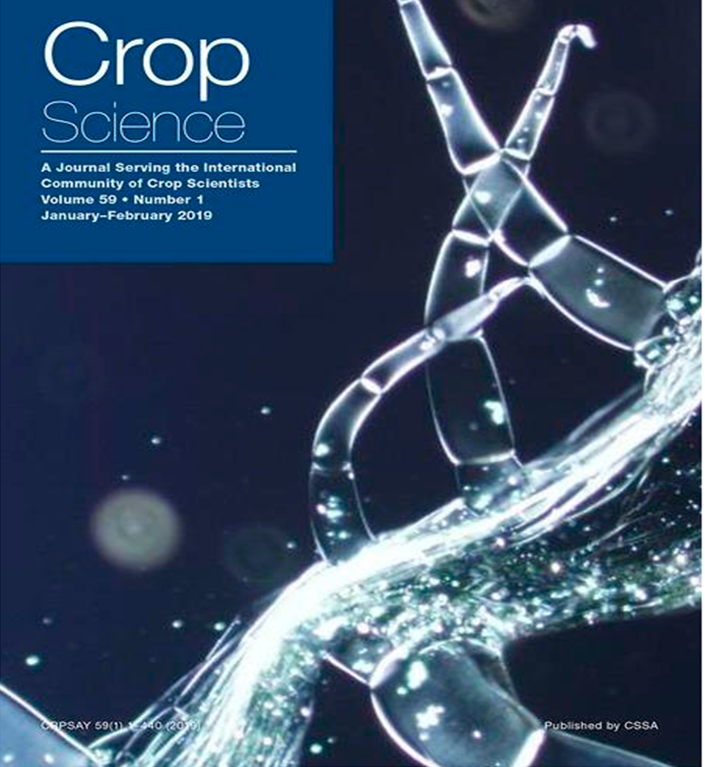Ver ítem
- xmlui.general.dspace_homeCentros Regionales y EEAsCentro Regional La Pampa - San LuisEEA San LuisArtículos científicosxmlui.ArtifactBrowser.ItemViewer.trail
- Inicio
- Centros Regionales y EEAs
- Centro Regional La Pampa - San Luis
- EEA San Luis
- Artículos científicos
- Ver ítem
Kernel hardness-related traits in response to heat stress during the grain-filling period of maize crops
Resumen
Postflowering heat stress causes the arrest of kernel growth, increasing kernel protein concentration and the relative abundance of γ-zeins, two biochemical traits contributing to maize (Zea mays L.) hardness. The impact of early and late postflowering heat stress on kernel physical traits related to hardness was studied on field-grown maize hybrids differing in their prevailing endosperm texture (two hybrids with a vitreous texture, and two others with a
[ver mas...]
Postflowering heat stress causes the arrest of kernel growth, increasing kernel protein concentration and the relative abundance of γ-zeins, two biochemical traits contributing to maize (Zea mays L.) hardness. The impact of early and late postflowering heat stress on kernel physical traits related to hardness was studied on field-grown maize hybrids differing in their prevailing endosperm texture (two hybrids with a vitreous texture, and two others with a floury texture). Kernel texture was softened by heat stress (P < 0.001), as indicated by decreases in traits that are usually positively related to hardness (thousand-kernel weight [up to 185 g], proportion of large kernels [up to 50–65 percentage points], kernel or bulk density [up to 7 kg hL−1] and milling ratio [up to 1 g g−1]) and increases in those usually negatively related (proportion of the smaller kernels and floater percentage [up to 30 and 75 percentage points, respectively]). Most of these effects were larger (P < 0.01), as heat stress occurred earlier in the grain-filling period. Kernel physical traits of the genotypes with a predominantly floury texture varied the most (P < 0.05) in response to heat stress. Genotypic and environmental variation effects in most hardness-related traits could be accounted for by kernel density (r2 = 0.74–0.87) or bulk density (r2 = 0.79–0.93). Sowing date and genotype selections should be considered as crop management practices for reducing or preventing the potential impact of heat stress on maize hardness.
[Cerrar]

Autor
Mayer, Luis Ignacio;
Cirilo, Alfredo Gabriel;
Maddonni, Gustavo Angel;
Fuente
Crop Science 59 (1) : 318-332. (Jenuary-February 2019)
Fecha
2019-02
Editorial
Crop Science Society of America
ISSN
0011-183X
1435-0653 (online)
1435-0653 (online)
Formato
pdf
Tipo de documento
artículo
Palabras Claves
Derechos de acceso
Restringido
 Excepto donde se diga explicitamente, este item se publica bajo la siguiente descripción: Creative Commons Attribution-NonCommercial-ShareAlike 2.5 Unported (CC BY-NC-SA 2.5)
Excepto donde se diga explicitamente, este item se publica bajo la siguiente descripción: Creative Commons Attribution-NonCommercial-ShareAlike 2.5 Unported (CC BY-NC-SA 2.5)

